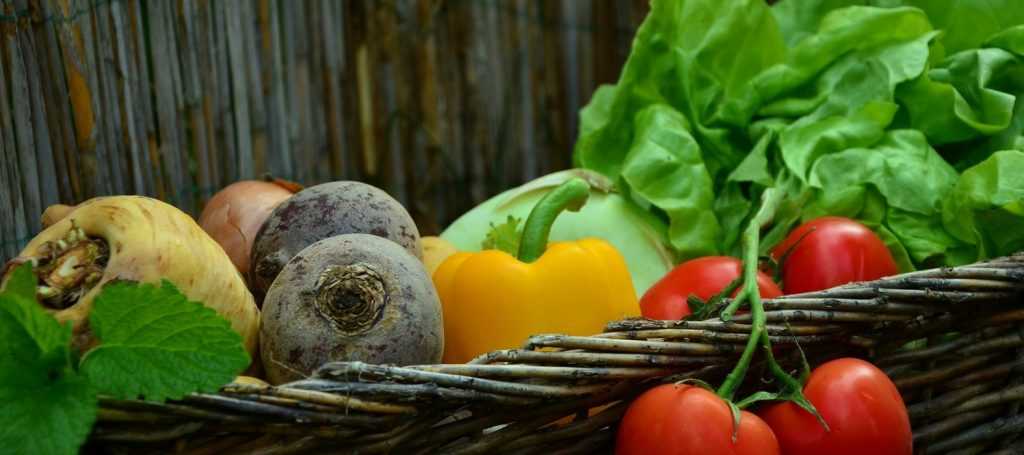
Preserving vegetables from the kitchen garden
where and how? In the garden or at home?
Contents
To enjoy homegrown vegetables from your kitchen garden all year round, proper storage is essential. The key is to adapt the preservation method to each case, as there isn’t just one, but several ways to do it.
Here are some simple and effective methods for storing your garden’s bounty.
Keeping vegetables in place, directly in the ground
This method involves leaving the vegetables in the ground where they were grown, protecting them in colder climates with possible earthing up, a thick mulch and/or by placing a horticultural fleece.
This type of storage applies, for example, to cabbages, carrots, parsnips, leeks, but also spinach, lamb’s lettuce…
In the garden, in a nursery bed
This preservation method involves partially or completely burying harvested vegetables. To do this, dig a hole 30 to 40 cm deep, place the vegetables inside, then cover with fine soil followed by a cold frame or a thick layer of straw: this will provide better protection against frost.
Trench storage is suitable for light, well-draining soils and certain vegetables such as celeriac, fennel, and salsify…
Discover other Vegetable gardens
View all →Available in 1 sizes
Available in 1 sizes
Available in 1 sizes
Available in 1 sizes
Available in 2 sizes
Available in 1 sizes
Available in 1 sizes
Available in 1 sizes
Available in 1 sizes
Available in 1 sizes
In the cellar or in the garage
A cellar, provided it is dry and well-ventilated, has the advantage of protecting food from light while maintaining a cool atmosphere. It’s the ideal place to store root vegetables such as potatoes, carrots, and celeriac.
A garage can serve as an alternative to a cellar if it remains dark and frost-free.
Read also
Growing, Harvesting and Storing PotatoesIn the freezer
This well-known method is quick and allows you to preserve fruits and vegetables for several months. It’s simple and practical, usually only requiring a brief blanching (initial quick cooking) beforehand. However, freezing is sometimes criticised for altering the texture of certain vegetables – a drawback you can avoid by growing varieties renowned for their suitability for freezing.
In jars
Making your own preserves is an excellent way to store your harvests. The range of possibilities is vast, as you can store raw vegetables or pre-cooked dishes. Preservation can be done naturally, through lacto-fermentation, in oil, vinegar, alcohol, or sugar (jams), and almost all vegetables are suitable for this.
Once prepared, the jars should ideally be stored in a dry, cool place, away from direct sunlight.
In boxes or packets, after dehydration or air-drying
Air drying is commonly used to preserve aromatic herbs (thyme, rosemary, mint, lemon balm…), but dehydration is less well known as a method for drying sliced or chopped vegetables. For this, gentle heat from an oven with a ‘fan-assisted’ setting or a food dehydrator is used. Many vegetables are suitable for dehydration, with tomatoes and peppers being the most common.
Discover our tips for making sun-dried or candied tomatoes.
- Subscribe!
- Contents


































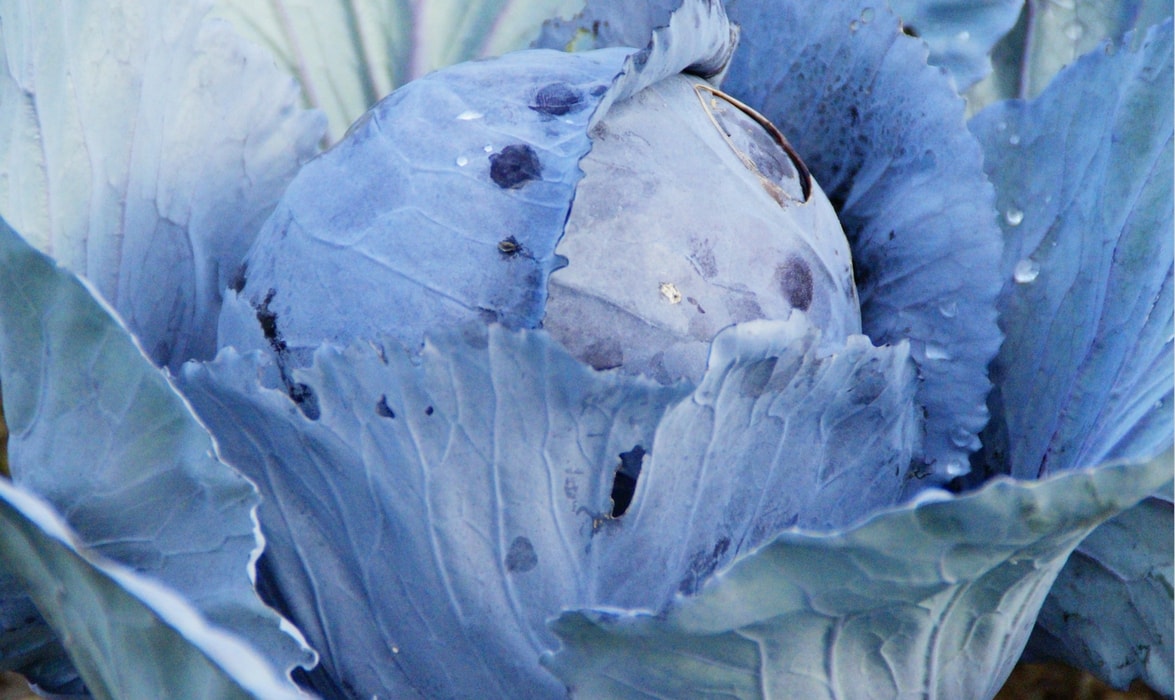
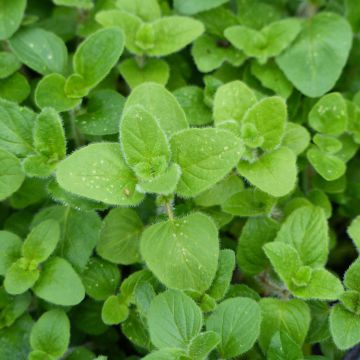
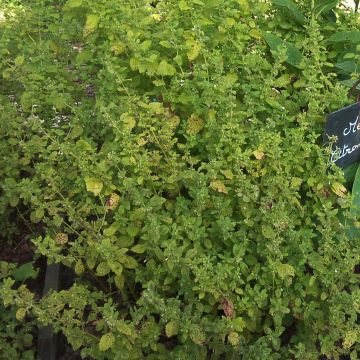
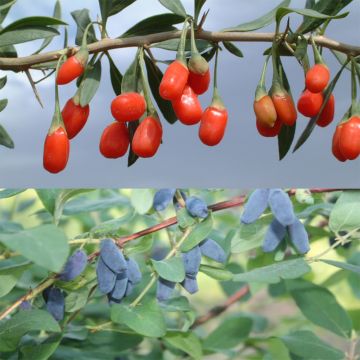


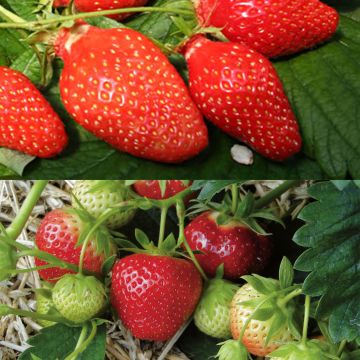

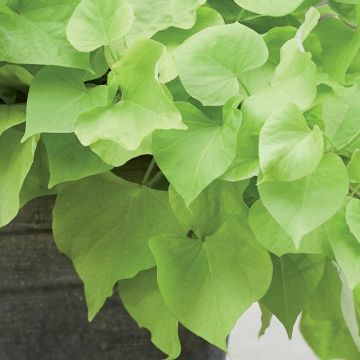
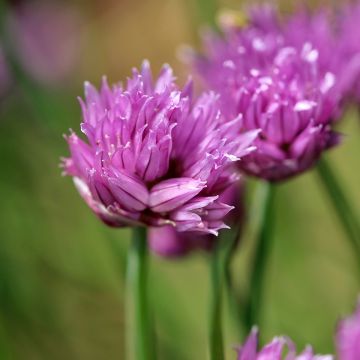
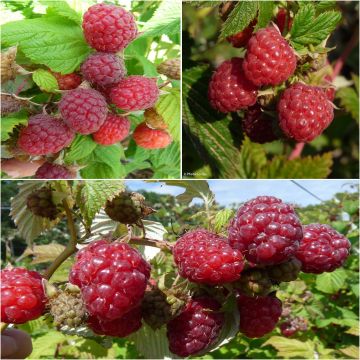
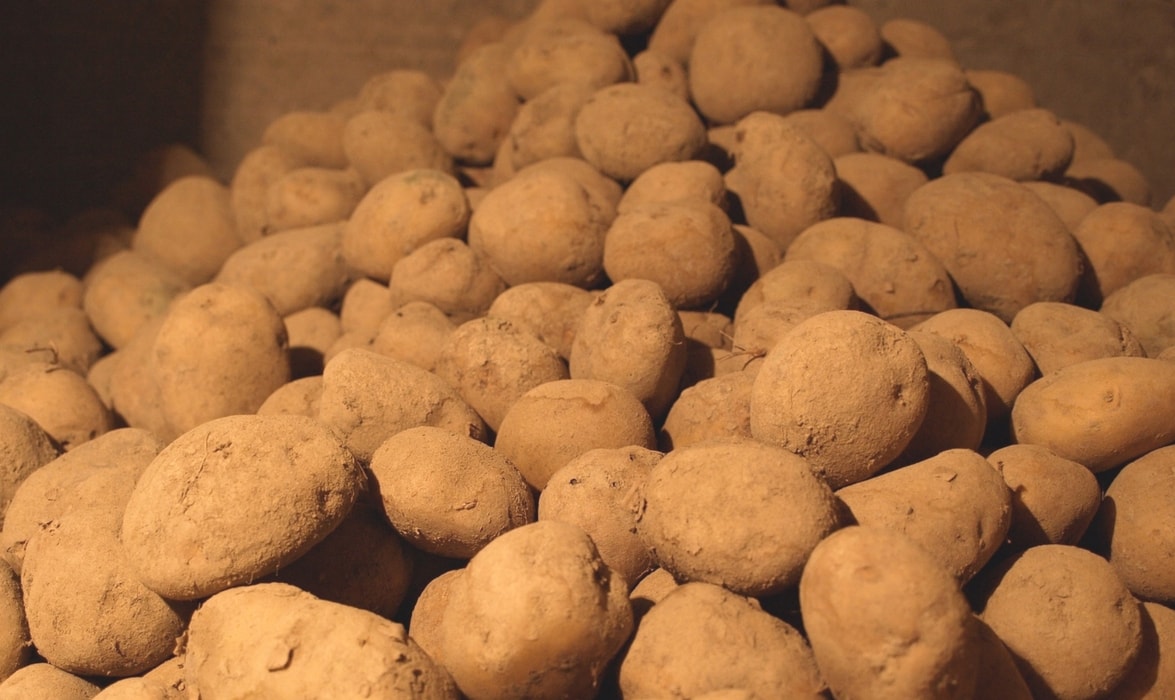
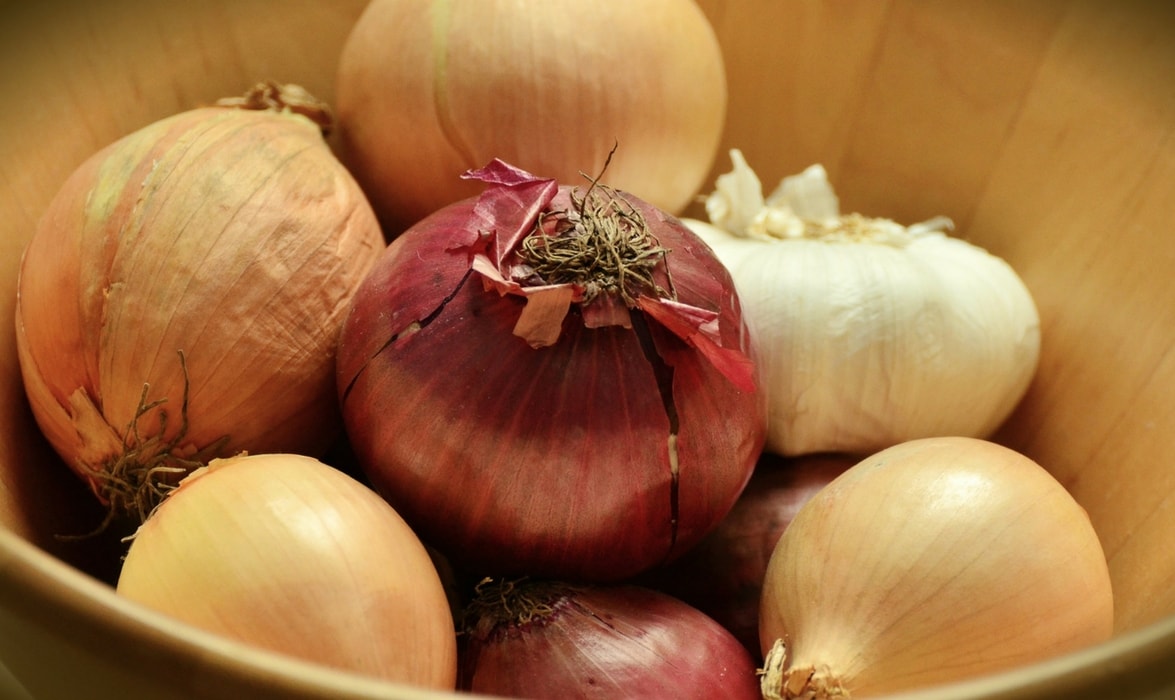
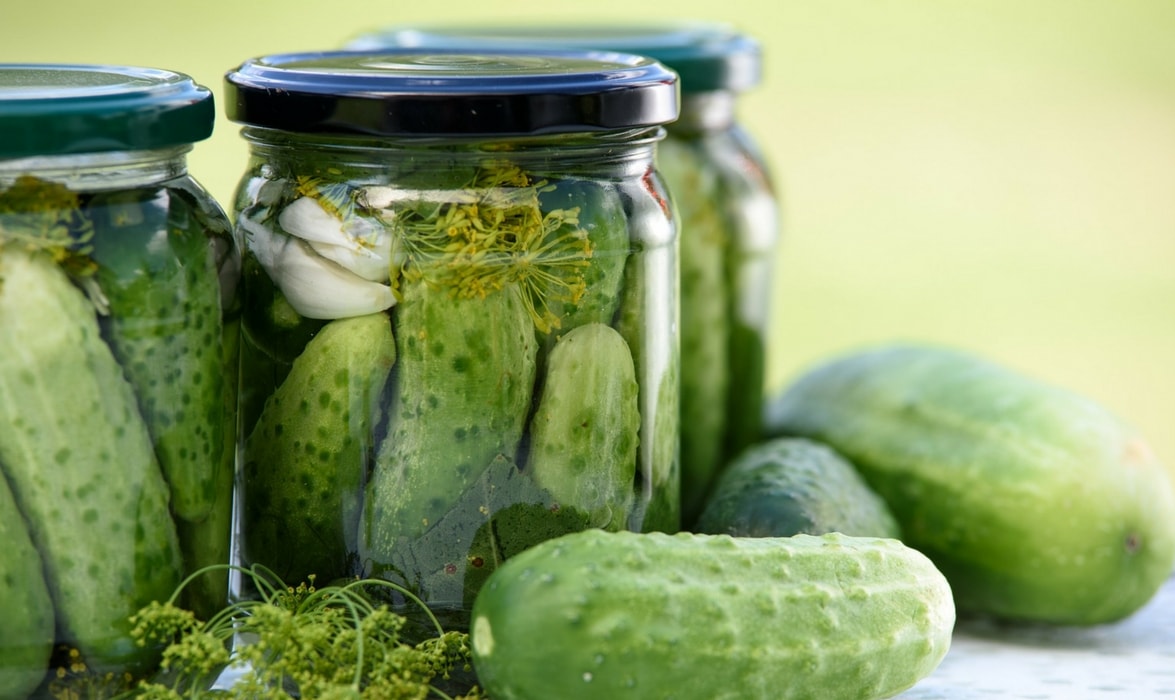
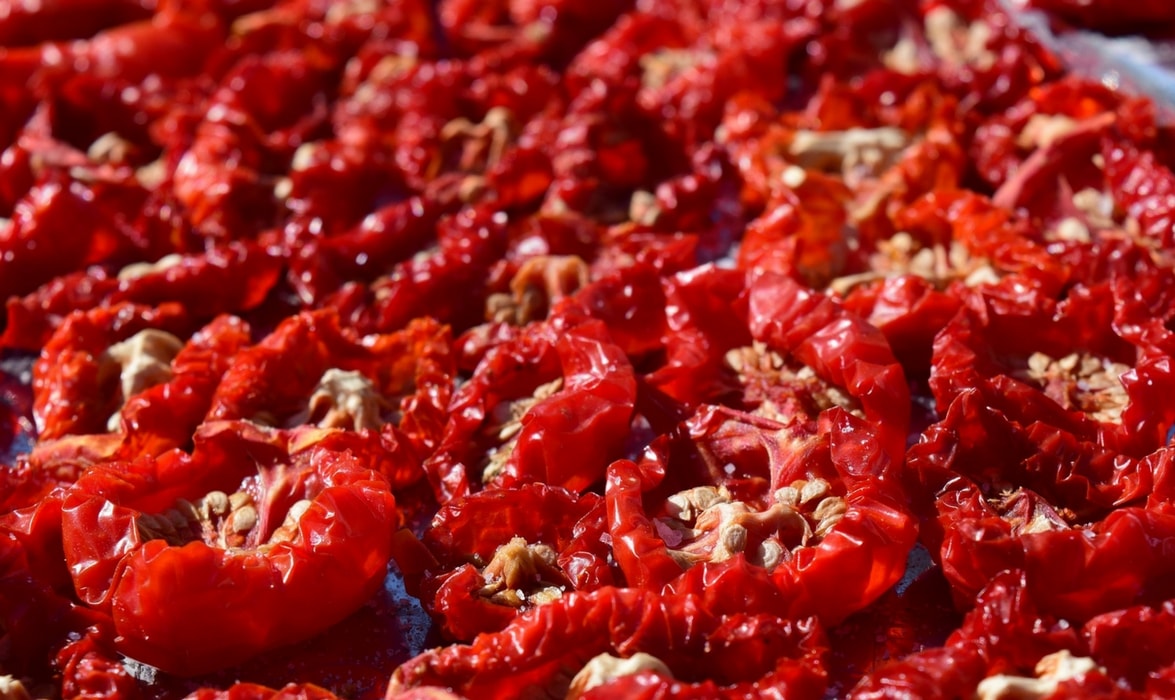
Comments